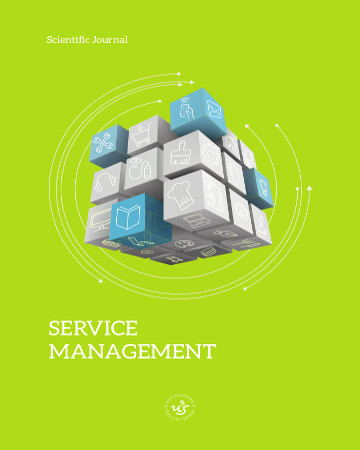
ISSN: 2450-8535
eISSN: 2451-2729
OAI
DOI: 10.18276/ejsm.2018.27/2-32


Issue archive /
Vol. 27/2, 3/2018
European Union funds in IT deployment for the Polish tax administration
| Authors: |
Edyta
Małecka-Ziembińska
Uniwersytet Ekonomiczny w Poznaniu, Wydział Ekonomii |
| Keywords: | European Union funds IT deployment tax administration |
| Data publikacji całości: | 2018-12-31 |
| Page range: | 7 (263-269) |
| Klasyfikacja JEL: | H21 H26 H83 |
Abstract
The purpose of the article is to define the scope of IT solutions implementation for the Polish tax administration and the level of involvement of European Union funds in this process. The considerations begin an analysis of the strategic European Union documents determining the directions of spending European Union funds under the multiannual financial framework for 2014–2020. As demonstrated by the analysis, extensive support of information technology constantly implemented under the national tax administration involves significant costs. They are only partly covered by the State Treasury, and in the dominant scope they are financed from European Union funds. It can be assumed that without significant European Union funding, the implementation of these projects would not be possible. Their implementation is, however, necessary, as it determines the efficient and effective operation of the tax administration.
Download file
Article file
Bibliography
| 1. | Efficient State Strategy 2020, Appendix to Resolution No. 17 of the Council of Ministers of 12 February 2013, 14. |
| 2. | European Commission (2016). Quality of Public Administration, European Semester Thematic Factsheet. Retrieved from: https://ec.europa.eu/info/files/european-semester-thematic-factsheet-quality-public-administration-2016_en. |
| 3. | European Commission (2010). Europe 2020 A strategy for smart, sustainable and inclusive growth. Brussels, KOM (2010) 2020, 6. |
| 4. | European Commission (2015). A Digital Single Market Strategy for Europe. Brussels, COM (2015) 192 final, 16. |
| 5. | Eurostat (2013). Statistics Explained. Retrieved from: http://ec.europa.eu/eurostat/statistics-explained/index.php/File:Reasons_for_using_e-government_websites,_EU-28,_2013_(%25_of_e-government_users)6.jpg. |
| 6. | Eurostat (2017). E-government activities of individuals via websites. Retrieved from: http://appsso.eurostat.ec.europa.eu/nui/show.do. |
| 7. | Małecka-Ziembińska, E. (2017). Luka w podatku od towarów i usług oraz sposoby jej ograniczania. Kwartalnik Kolegium EkonomicznoSpołecznego. Studia i Prace, 1 (29), 45–60. |
| 8. | Ministerstwo Cyfryzacji (2016). Program Zintegrowanej Informatyzacji Państwa. Wersja zaktualizowana: październik 2016 r., Warszawa, 10–22. |
| 9. | Ministerstwo Finansów (2018a). Program e-Podatki. Retrieved from: www.epodatki.mf.gov.pl. |
| 10. | Ministerstwo Finansów (2018b). Program PUESC. Retrieved from: www.mf.gov.pl/pl/krajowa-administracja-skarbowa/e-administracja/projekty. |
| 11. | NIK (2016). Świadczenie usług publicznych w formie elektronicznej na przykładzie wybranych jednostek samorządu terytorialnego. Warszawa, Nr ewid. 223/2015/P/15/003/KAP, 14. |
| 12. | United Nations (2016). UN E-Government Survey 2016. Retrieved from: https://publicadministration.un.org/egovkb/Data-Center. |
| 13. | Ustawa z dnia 29 kwietnia 2016 r. o szczególnych zasadach wykonywania niektórych zadań z zakresu informatyzacji działalności organów Krajowej Administracji Skarbowej, Dz.U. 2016, poz. 781 ze zm. |
| 14. | Uzasadnienie do ustawy z dnia 29 kwietnia 2016 r. o szczególnych zasadach wykonywania niektórych zadań z zakresu informatyzacji działalności organów Krajowej Administracji Skarbowej, 2–5. |
| 15. | Ziemba, E. (2013). Ku zrównoważonemu społeczeństwu informacyjnemu. Roczniki Kolegium Analiz Ekonomicznych, 29, 401. |